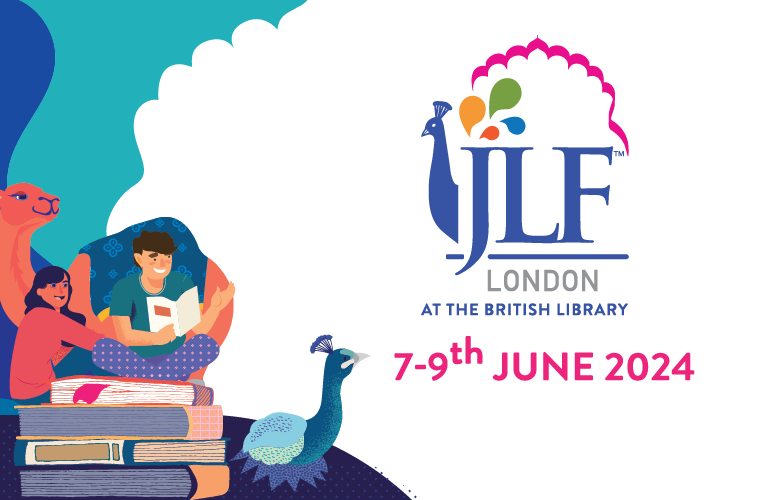

The View From Raisina Hill
Meghnad Desai, Suhel Seth, Dinesh Patnaik and John Elliott in conversation with Mukulika Bannerjee
By Malavika Subramanyan
In Lord Meghnad Desai’s new book The Raisina Model, he examines the nature and workings of Indian parliamentary democracy, which is unique among the parliamentary democracies of the world.
In his opening remarks, Desai addressed the question of where his book stands in the discussion on democracy in India. He made three main points:
first, that while India inherited the Westminster model of democracy, Indian particulars have mutated the system into what the author calls the ‘Raisina Model’.
Second, that India is a collection of different nations held together by democracy, and that ability to hold together such widely different regions is one of the great successes of Indian democracy.
And finally, unlike most other democratic nations, the involvement of the poor in the functioning of democracy is on an unprecedented level in India: “It’s a fantastic achievement of the Indian people that they have created their own model of democracy”.
According to journalist John Elliott, the Modi-Shah model is not an aberration in history, but a resurfacing of trends that were buried by the assumption of power by the Anglophone Nehruvian vision at the time of Independence. However, voices calling for a Hindu theocratic state in direct opposition to Pakistan were very much present in 1947, and even before.
“We’ve made cosmetic changes”, said Indian diplomat Dinesh Patnaik, speaking about modifications that India has made to the Westminster model. He postulated that fear of Balkanization in 1947 spawned a centralized, top-down system; whereas India needs a much more decentralized system, a bottom-up approach to governance. Because of this, India has become “a jugaadeconomy…Democracy is strong, governance is the issue.”
“What kind of democracy are we creating for ourselves?” asked CEO, author, actor and commentator Suhel Seth. He disagreed with Desai about the nature of Indian nationhood: “India is a composite nation with many identities.”
Seth’s view is that the existence of dissent in itself bodes well for Indian democracy. While the rhetoric of the current government has been controversial, Seth considers that the last four years have brought greater transparency, and more systems being put into place.
LSE Political Science Professor Mukulika Bannerjee stated that Desai’s book placed the constitutional and the agitational together at the heart of Indian democracy. The author himself traced the history of Indian parliamentary democracy from the Government of India Act 1935, to the present day – highlighting the changes from strong provinces in 1947, the fear of secession in the 1960s, Indira Gandhi’s brief period of dictatorship, all the way down to the present. That such a large country comprised of such extremes of opinions and attitudes and interests should remain, 70 years later, a functioning democracy is a far greater achievement that most Indians realise, Desai opined.

Leave a comment